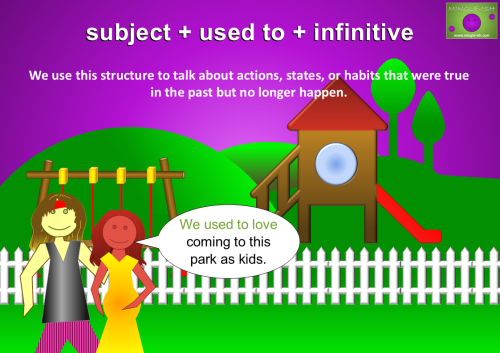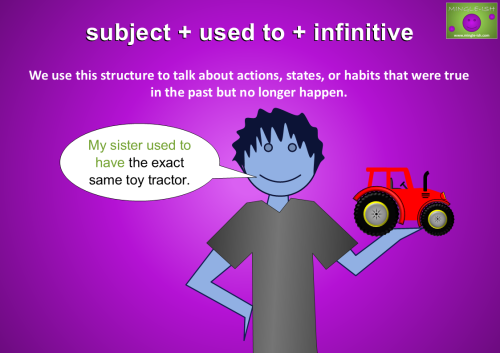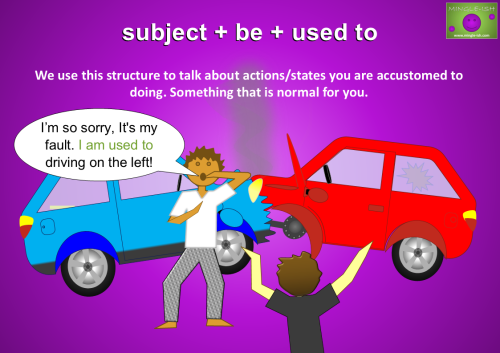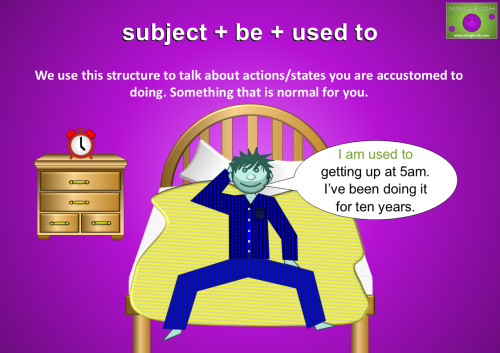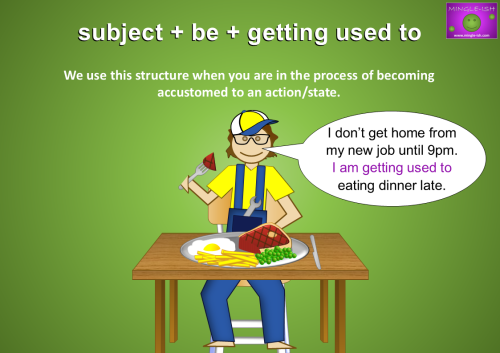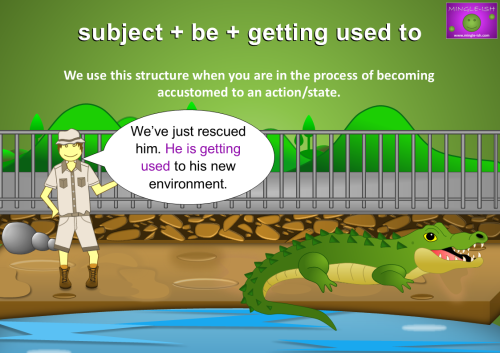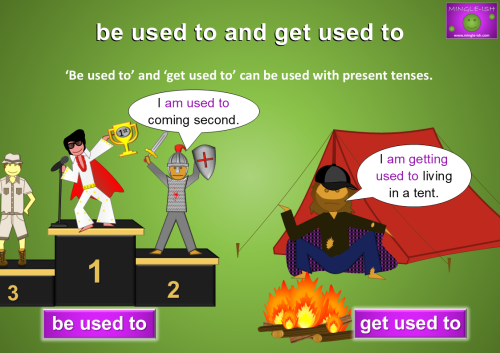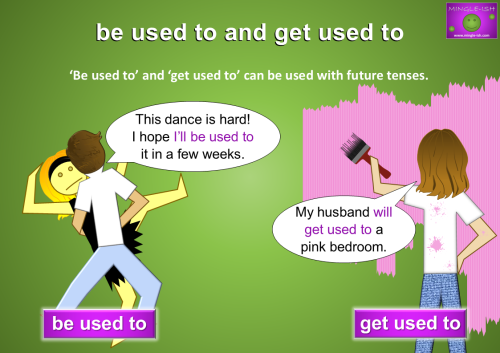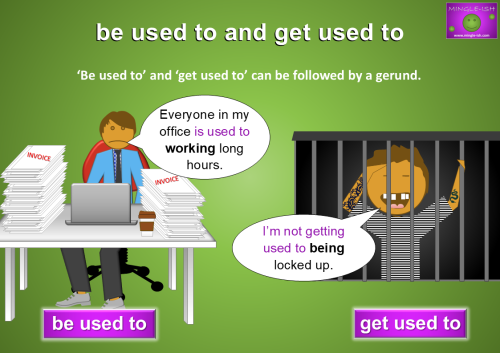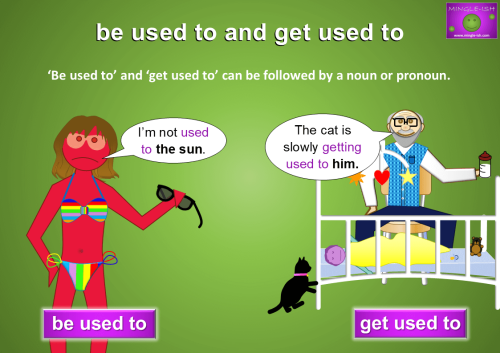Contents
- Used To: Grammar Differences
- an overview of ‘use’ and ‘to’
- What is the difference between them?
- used to
- be used to
- get used to
- hints for using ‘be used to’ and ‘get used to’
- Using ‘Be Used To’ and ‘Get Used To’ with Present Tenses
- Using ‘Be Used To’ and ‘Get Used To’ with Past Tenses
- Using ‘Be Used To’ and ‘Get Used To’ with Present Tenses
- Using ‘Be Used To’ and ‘Get Used To’ with Gerunds
- Using ‘Be Used To’ and ‘Get Used To’ with Nouns and Pronouns
